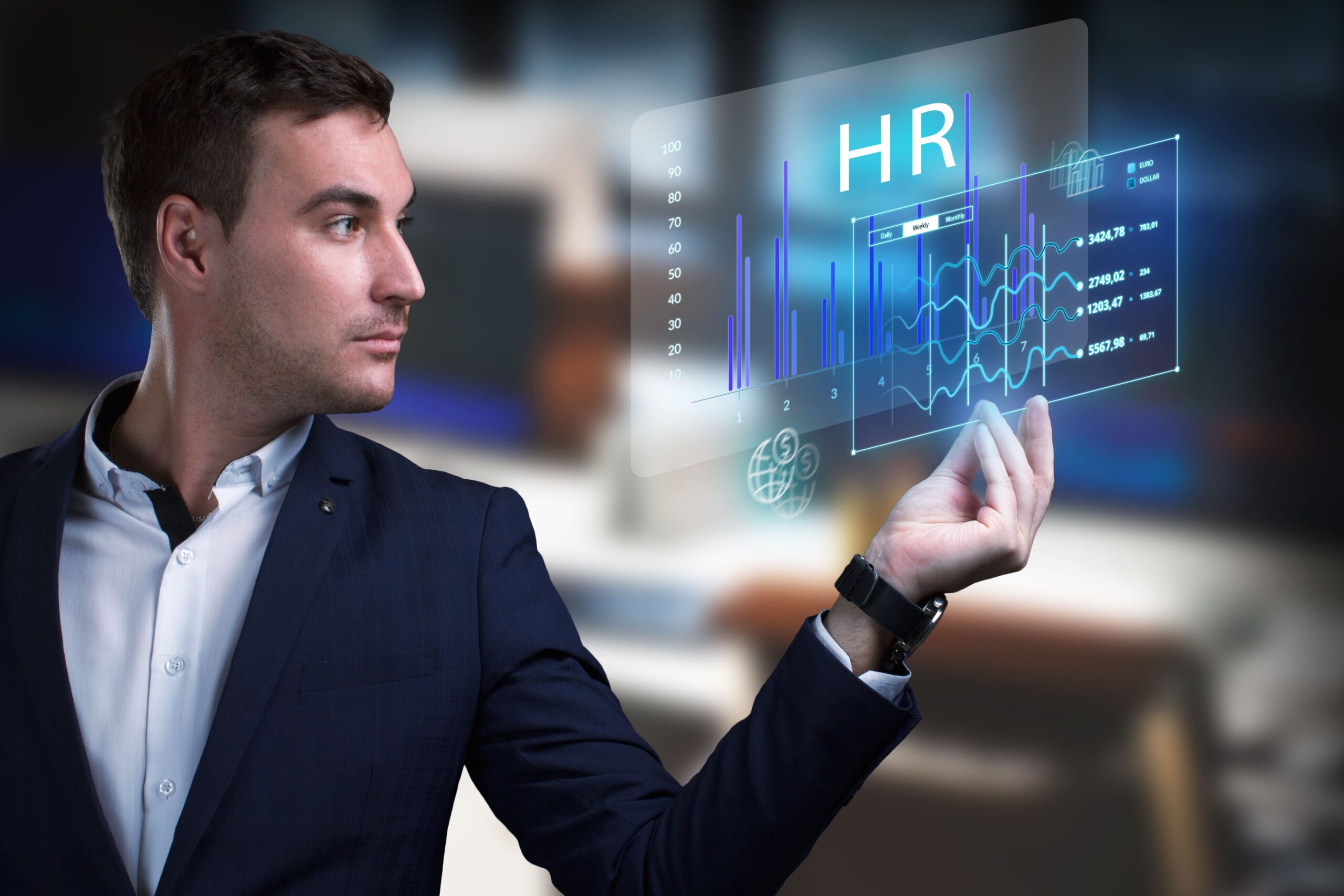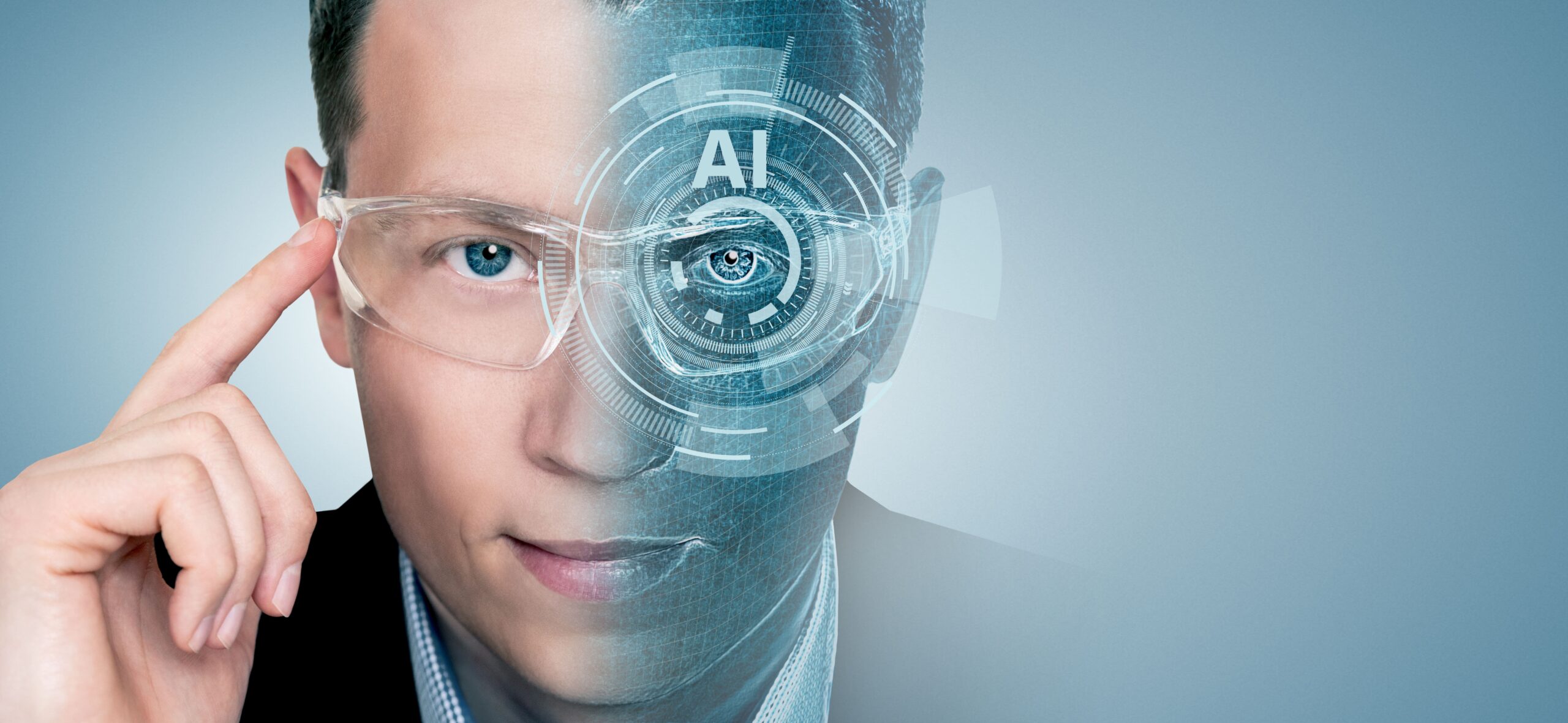- What makes a good employee management system?
- ChatGPT for environmentalism
- Could gait motion be the authentication method of the future?
- How to implement hyper-personalisation in HR
It’s undeniable that human resources (HR) plays a key role in any company’s success. HR is the backbone that supports the structure of your organisation, ensuring that the right talent is in place to promote growth and adaptability. Like almost any other aspect of business operations, the HR sector has experienced a major transformation in recent years. Instead of being focused solely on personnel management, which has traditionally been the primary focus of HR professionals, they are now increasingly being entrusted with strategic workforce planning and development tasks as well. The main driving force behind this ongoing transformation is the increased adoption of innovative technologies like artificial intelligence and automation, which are starting to take on an increasingly prominent role within the sector, paving the way for a more data-driven future. The wealth of data that is now being generated by and about employees provides HR professionals with all sorts of invaluable insights, allowing them to make better-informed decisions, keep track of employee performance, and identify key trends shaping the future of their industry. By leveraging the power of big data, HR professionals can also accurately predict the future hiring needs of their company, detect existing skills gaps, and minimise employee turnover, creating a more agile and resilient workforce.
As many as 94 per cent of HR professionals report a notable improvement in their hiring processes following the introduction of an EMS.
What makes a good employee management system?
One of the most important tech developments that has reshaped the way companies handle their HR processes is the employee management system (EMS). Essentially, an EMS enables companies to streamline and automate various tasks, eliminating the need for laborious manual processes, improving efficiency, and saving a great deal of time for everyone involved. In fact, as many as 94 per cent of HR professionals report a notable improvement in their hiring processes following the introduction of an EMS. Among other things, an EMS enables companies to design and implement more efficient employee recruitment and training processes, increase employee productivity, and simplify the collection of all sorts of employee data, ranging from personal information to salaries. However, with so many different options available out there, finding the right EMS for your needs can be a rather challenging task.
A robust EMS needs to include the following functionalities: time and attendance management, mobile workforce management, absence and leave management, employee database management, and an online backup facility. It streamlines attendance tracking by feeding data directly into the payroll system, thus minimising the number of errors and ensuring accurate payrolls. The system empowers employees to manage their schedules, request time off, and check in and out remotely via integrated software applications, boosting the productivity of the remote workforce. Last but not least, an EMS enables companies to store vital employee information securely in a digital database, reducing the amount of paperwork and allowing for quick data retrieval, which is crucial for effective employee management and safeguarding personal information.
While going through a major growth phase, RMI, a non-profit organisation that works to accelerate the transition to green energy, experienced a number of challenges, which were further compounded by the recent adoption of a remote-ready workforce policy. Without a standardised system in place, managing processes became chaotic, especially for the People Team that was in charge of interviewing candidates and onboarding new employees. After trying out several different solutions that could help streamline these processes, the company ultimately settled on team management software called monday.com. Initially deployed only at the Communications and Marketing Department, the platform was soon rolled out across the organisation, enabling employees to manage their time more effectively, optimise their work, and delegate tasks. Crucially, it enabled the People Team to streamline candidate tracking, interview coordination, and employee onboarding by storing all of the candidate information in a centralised platform. This facilitated seamless communication with candidates, quickening responses and improving the overall candidate experience. Beyond HR, the platform’s flexibility allowed various departments to tailor workflows to their needs, fostering better collaboration and understanding across the organisation.
“Even for the most ambitious companies, it remains very hard to implement an ESG (environmental, social, and governance) strategy. With Ubuntoo AI, we are leveraging AI and human expertise to provide better access to environmental solutions”.
Peter Schelstraete, co-founder of Ubuntoo
ChatGPT for environmentalism
Enterprise leaders are often quick to boast about their commitment to sustainability. Unfortunately, more often than not, they fail to accompany their words with appropriate actions on environmental issues. In many cases, this is not intentional but simply a result of the organisation lacking the skills, knowledge, and experience required to achieve its sustainability goals. To address this issue, two former Coca-Cola vice presidents, Peter Schelstraete and Venkatesh Kini, developed the new Ubuntoo AI system, which is designed to help companies devise more effective sustainability strategies. “As global environmental legislation tightens, and consumers grow more environmentally conscious, businesses are full of ambition to be part of the solution”, says Schelstraete. “However, even for the most ambitious companies, it remains very hard to implement an ESG (environmental, social, and governance) strategy. With Ubuntoo AI, we are leveraging AI and human expertise to provide better access to environmental solutions”.
A product of five years of development, the tool collects data from various public and private sources and analyses the information to provide companies with recommendations on how to approach a wide range of sustainability issues, including plastic reduction, recycling, green energy transition, and supply chain efficiencies. To make this possible, the tool makes use of OpenAI’s ChatGPT model, which led its creators to nickname it ‘ChatGPT for environmentalism’. A number of Fortune 500 companies have already adopted the tool, including The Coca-Cola Company — the developers’ previous employers — as well as Target and Subway. “Whether it is to achieve more sustainable packaging or reduce carbon emissions, it is vital for our teams to have access to the most relevant solutions and industry best practices,” says Mike Kehoe, Subway’s Europe, Middle East, and Africa president. “Ubuntoo’s AI-driven wealth of expertise provided me with the means to make informed decisions in real time at a fraction of the cost of a traditional consultant. We used their platform to successfully transition to sustainable uniforms for our sandwich artists in Europe”.
Could gait motion be the authentication method of the future?
The majority of companies today rely on conventional forms of authentication — such as ID cards, passwords, fingerprints, facial recognition, or eye-scanning technology — to verify the identity of people entering their facilities. While these authentication methods have proven rather effective at preventing unauthorised individuals from gaining access, they nevertheless have certain limitations, including the inability to keep track of what goes on past the point of entry. To address this issue, a Canada-based startup called Lambda Sense has developed an innovative solution that uses a person’s gait motion to verify their identity. Unlike other authentication methods, Lambda Sense’s Gait ID can monitor a person’s identity the entire time they’re within a secure facility, performing a series of checks as they move from one area to the next. This makes Gait ID particularly suitable for industries that place a premium on security, such as government, construction, or property management.
To make it work, an employee first needs to install the accompanying Gait Reader app on their smartphone, which then sits in the background and collects all kinds of information about that particular employee as they go about their regular workday. This information is then processed by sophisticated machine-learning algorithms to identify the employee’s unique walking pattern and create a new profile for them. From then on, the system will be able to provide a real-time overview of the employee’s daily activities, including which areas of the facility they visited and when, and how much time they spent there. What’s more, it can monitor the employee’s health parameters and even detect changes in environmental conditions, allowing management to react to accidents in a timely manner and address potential hazards before someone gets hurt. Another notable feature of Gait ID is that it integrates seamlessly with existing access control systems, allowing for a nearly effortless transition. But perhaps the biggest advantage is that it eliminates the need for installing checkpoint equipment, which can cut costs by up to 70 per cent.
By tailoring rewards, benefits, work arrangements, and processes to individual needs, companies can demonstrate their commitment to the personal growth and development of their employees in tangible ways.
How to implement hyper-personalisation in HR
Each person is unique, as are their needs and aspirations. Despite this, many organisations still make the mistake of providing all of their employees with a one-size-fits-all experience, instead of addressing their needs on an individual level. Thankfully, this is now starting to change, owing in large part to recent technological advancements, which make it easier than ever for companies to provide each employee with a hyper-personalised experience that takes their unique needs and aspirations into account, making them feel more valued and understood. By tailoring rewards, benefits, work arrangements, and processes to individual needs, companies can demonstrate their commitment to the personal growth and development of their employees in tangible ways. This can involve offering employees flexible work arrangements, access to various wellness programmes, or personalised learning experiences and development opportunities. This not only enhances employee engagement and satisfaction but also improves workforce retention and organisational performance.
Furthermore, an experience that is personalised to an employee’s individual needs can help foster a sense of belonging, which is particularly important at a time when loneliness rates among workers are reaching an all-time high. When employees feel a stronger connection at work, their creativity soars, as does their loyalty to the company. For example, employees at IBM have access to a hyper-personalised learning and development programme called Your Learning, which uses AI to adapt the learning content, delivery methods, and pacing to each employee’s individual needs, resulting in increased productivity and lower turnover rates. Similarly, the workforce analytics platform Sapience Analytics uses AI to analyse each employee’s work patterns and habits and provide them with personalised recommendations on how to improve their productivity and achieve a better work-life balance.
Closing thoughts
By now, it’s clear that the HR sector is looking at a very exciting future, where innovative technologies like artificial intelligence will take on an increasingly prominent role, dramatically changing the way companies manage their workforces. While this is expected to provide a wide range of benefits — such as increased productivity, reduced turnover, and improved employee engagement and satisfaction — it could also present some new challenges that will have to be addressed. Then, there is the question of technology’s impact on HR professionals. With more and more tasks being delegated to AI, could HR professionals soon become obsolete? Or will they be able to dedicate themselves to more strategic matters, while leaving the boring, repetitive work to machines? Only time will tell. What’s clear, though, is that they will need to continuously update their skill sets in order to make the best use of the plethora of tools at their disposal.




